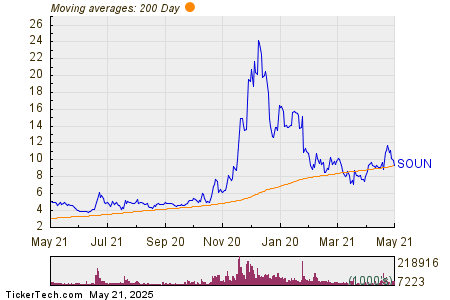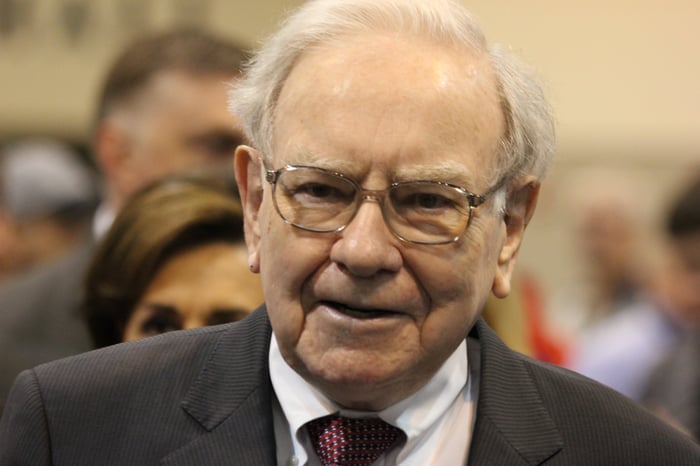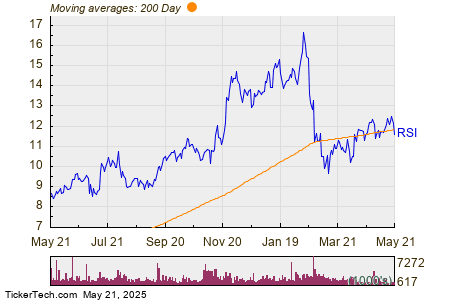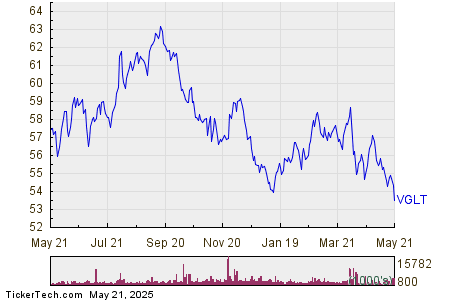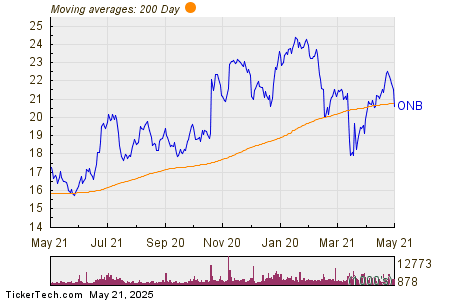Investing in AI: CoreWeave vs. Nvidia Opportunities Explored
The artificial intelligence (AI) industry is thriving, creating significant investment opportunities. Two key players in this landscape are CoreWeave (NASDAQ: CRWV), which had its initial public offering (IPO) on March 28, and industry leader Nvidia (NASDAQ: NVDA).
Nvidia has a rich history in AI, originating from its development of graphics processing units (GPUs) in 1999. CoreWeave provides cloud computing infrastructure tailored for AI, and following its IPO, Nvidia purchased shares in the newcomer.
Prospects for Investing in Nvidia
Nvidia has established itself as a key player in AI through its widely adopted GPUs. These processors enable computers to manage data more efficiently than traditional CPUs and were originally designed for gaming graphics.
Recognizing the broader applications of GPUs, CEO Jensen Huang projected early on that these tools could transform sectors beyond gaming. He envisions cloud computing evolving into fundamental infrastructure for economies, similar to the role factories played during the Industrial Revolution.
Huang stated, “AI, like electricity and internet, is essential infrastructure for every nation,” highlighting Nvidia’s efforts to assist countries like Saudi Arabia in building AI factories.
This year, Nvidia launched its Blackwell Ultra platform, advancing AI systems to better replicate human reasoning capabilities. This innovation is part of transitioning into what is termed the age of AI reasoning.
Nvidia’s robust performance indicates strong growth potential. The company reported record sales of $39.3 billion in its fiscal fourth quarter, ended January 26, representing a remarkable 78% increase year-over-year.
Moreover, net income for the same period soared by 80% year over year to $22.1 billion, with sales projected to rise to $43 billion in Q1, a 65% increase from the previous year’s $26 billion.
Insights on CoreWeave’s Performance
CoreWeave, utilizing Nvidia’s GPUs, serves a range of customers eager to harness cutting-edge computing power. Although its first-quarter earnings report is all the company has to show so far, the results were impressive, with revenue soaring 420% year over year to $981.6 million.
This success stems from CoreWeave’s ability to attract high-profile clients, including Microsoft, IBM, and OpenAI.
As of the end of Q1, the company recorded a substantial revenue backlog of $25.9 billion, further bolstered by a $4 billion contract expansion in Q2.
Despite broader economic uncertainties, such as tariffs under President Donald Trump’s administration, CoreWeave remains unaffected. CFO Nitin Agrawal noted on a recent earnings call, “We haven’t observed any impact on customer behavior. In fact, we are seeing an acceleration of customer demand.”
The company anticipates Q2 sales to reach approximately $1.1 billion, a notable rise from $395 million in 2024. Overall, CoreWeave projects 2025 revenue will be at least $4.9 billion, compared to $1.9 billion last year.
However, CoreWeave is not yet profitable. The company ended Q1 with a net loss of $314.6 million, significantly up from its previous net loss of $129.2 million, as it continues to invest in expanding its AI infrastructure.
Deciding Between Nvidia and CoreWeave
Choosing between CoreWeave and Nvidia involves evaluating multiple factors. Nvidia’s long-standing business success and advanced AI technology give it a clear edge, particularly since CoreWeave relies on Nvidia’s hardware for its own services.
One critical aspect to consider is valuation. The forward price-to-sales (P/S) ratio illustrates what investors are willing to pay for each dollar of revenue based on expected figures for the upcoming year.

Data by YCharts.
Nvidia’s forward P/S ratio has declined this year due to economic uncertainty and increased competition from emerging AI startups like DeepSeek. Despite this, CoreWeave’s forward P/S ratio remains lower than Nvidia’s, suggesting it offers better value. Its shares have approached double its IPO price of $40 at the time of writing, driven by robust sales growth.
However, Nvidia’s stronger profitability, leadership position in AI, and an 82% year-over-year rise in diluted earnings per share to $0.89 in Q4 indicate solid returns for shareholders, while CoreWeave lacks this proven track record.
Consequently, CoreWeave stocks may appeal primarily to high-risk investors. Nvidia, under Huang’s direction, presents a stable investment, with its lowered P/S ratio offering an opportune moment for investment in an AI-focused stock.
The views and opinions expressed herein are the views and opinions of the author and do not necessarily reflect those of Nasdaq, Inc.

